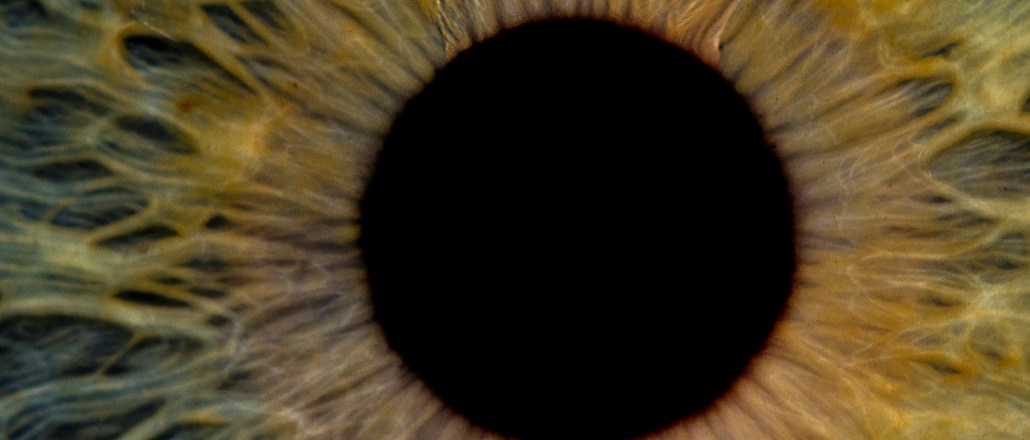
The rise of viewability has caused headaches for premium online publishers, with brand advertisers demanding that their ads actually have a chance of being seen by humans. But here’s the irony: Those that adapt may be hurting themselves with performance-based advertising.
If brand advertisers are taking the lead on viewability, it’s been less of a focus for direct-response advertisers. That’s because DR advertising is measured on a view-through basis, or the idea that the last exposure a person got to an ad should get the credit for the conversion. That’s led to the controversial practice of cookie-bombing, where ad networks buy a lot of low-quality ad inventory so they can drop as many cookies as possible to maximize a campaign’s chances of getting credit for the conversion.
Then came non-viewable ads; the view-through model hasn’t caught up.
“Attribution has historically not been done with a mind to viewability,” said Jonah Goodhart, CEO of Moat, a viewability vendor. “And with the rise of viewability, non-viewable inventory has gotten cheaper, so direct-response platforms are buying non-viewable inventory to get credit for conversions that are not necessarily there.”
There are two reasons for this, said Alan Smith, chief digital officer at Assembly. Viewability and the technology used to measure it is still in its infancy and not used broadly outside of agencies and brands. Viewability data is still a relatively separate technology, so there’s been little effort to incorporate it in the reporting that comes out of an ad server.
“Although attribution companies have recognized that this is clearly important data in understanding the impact of advertising on an audience, it is not really incorporated in their models,” he said. “This means that a lot of this analysis assumes that all impressions are viewable, which we know not to be correct.”
As long as DR advertisers see a sales lift at the end of a campaign, there’s low incentive for them to look closely at where the conversion happened. At the end of the day, performance is what matters most. But they could be leaving money on the table if they give credit for the conversion to the wrong site.
And premium publishers especially stand to lose. Bowing to advertiser demands, they’ve scrambled to make sure their ads are viewable. But this can cost them when it comes to DR advertising.
Publishers would rather sell direct, or premium, advertising to brands. But they’re selling more inventory programmatically, following the shift of ad dollars (often performance-based) there. A premium publisher could have a high viewability score, but since their inventory is limited, they’re less likely to serve the last impression and, therefore, less likely to get credit for it.
“It’s scale,” said Mark Pearlstein, CRO of DoubleVerify, another viewability vendor. “They don’t get as many looks as a network would. On an average buy, there’s a one in four chance they’re going to be the last touch. More are likely to be viewed but not get credit for it.”
The Washington Post knows this firsthand since it has gone after performance marketing dollars with its WP+ audience extension program. Jeff Burkett, senior director, sales operations and product strategy at the Post, said advertisers that are measuring campaigns on a view-through basis are incentivized to buy cheap ads at high volume.
“If the goal for the campaign is a viewed-through attribution, the whole goal is to drop as many cookies as they can on people, so they, the ad network, take the credit for it,” Burkett said. “You win not if you do a really good job, you win if you sell the last ad. I would call it a fraud. It works against you to do the right thing.”
Change is coming, though. Advertisers are starting to recognize the need to take viewability into account. Meanwhile, tech companies including Adobe and Moat are starting to incorporate viewability into their attribution models. Pearlstein of DoubleVerify, one of Adobe’s ad tech vendors that was part of its viewability initiative, said 15 to 20 of the brands he works with are using or testing an attribution model that bakes in viewability. “We are seeing strong interest in viewability for attribution,” he said. “I fully expect a year from now, most media transactions are going to be paid for with viewability as part of the model.”
Photo courtesy of Shutterstock.
More in Media

Publishers are hunting for AI prompt data — now they’re starting to get it from third-party companies
Publishers are finally gaining some visibility into AI search, as new prompt data tools crack open a black box.

Digiday+ Research: Publishers’ growing focus on video doesn’t translate to social platforms
Major publishers have made recent investments in vertical video, but that shift is not carrying over to social media platforms.

Technology x humanity: A conversation with Dayforce’s Amy Capellanti-Wolf
Capellanti-Wolf shared insight on everything from navigating AI adoption and combating burnout to rethinking talent strategies.





